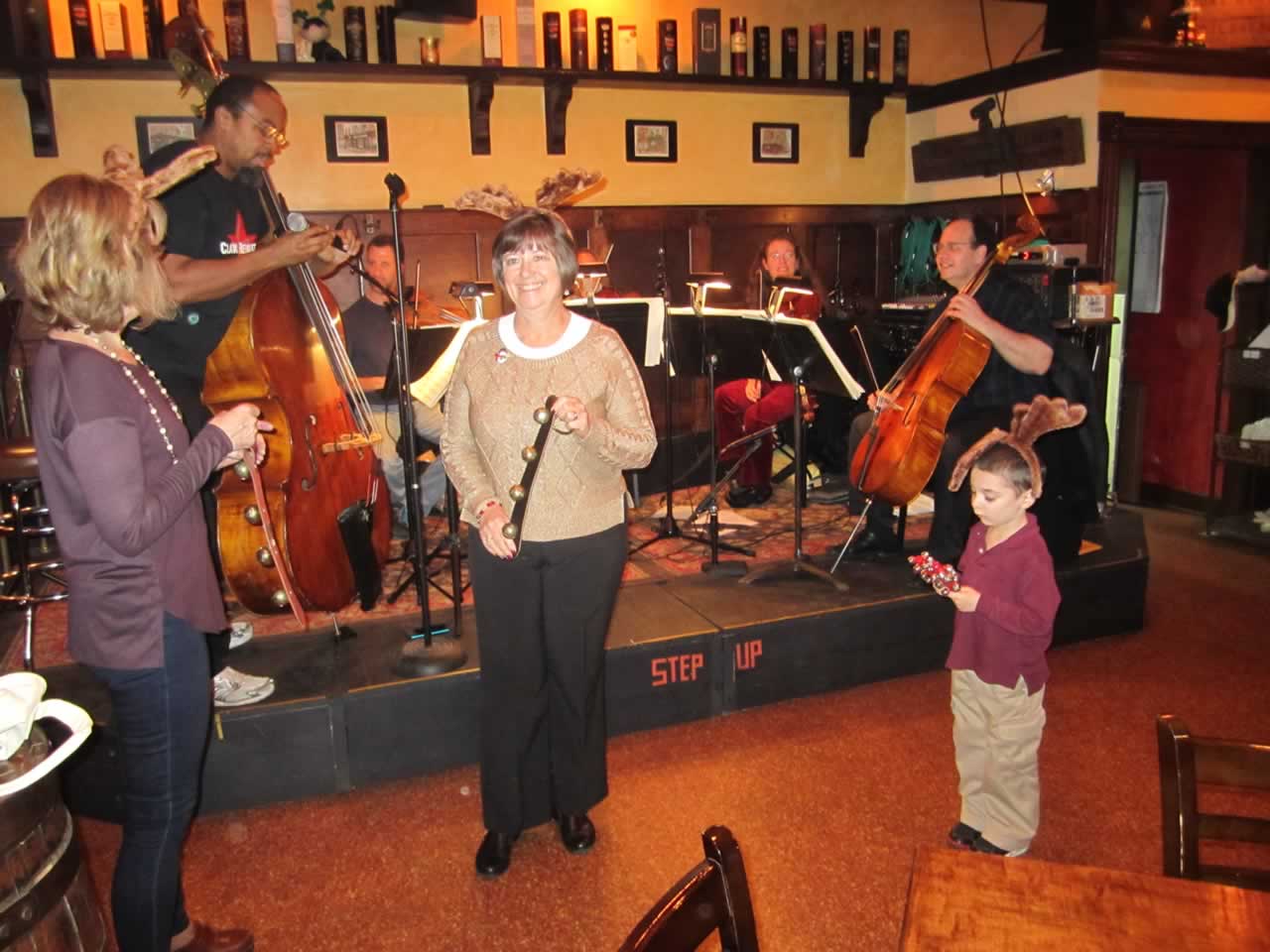Seth Godin had a great post about word of mouth last week that really bears reading and thinking about. We all know that word of mouth referrals are often more powerful than any piece of advertising you can create.
In fact, back in 2003 a Harvard Business Review piece suggested that if you only had an opportunity to ask customers one question, “would you recommend this to a friend,” was the most effective measure of satisfaction.
Given that people are abandoning traditional forms of media, arts organizations are increasingly dependent on word of mouth, especially in the form of social media.
Godin lists six reasons why people may be reluctant to give a business a referral, but the three that seem to most closely apply to art organizations deal with the basic concern of “what does this referral say about me?”
Do I want to be responsible if my friend has a bad experience? Will I get credit if it works, blame if it doesn’t?
[…]
How does it make me look? Do people like me recommend something like this? When I look in the mirror after recommending this, do I stand taller?Is this difficult to explain, complex to understand, filled with pitfalls?..
These seem to be issues an arts organization needs to address most given that the arts are often viewed as an elitist pursuit that is not easy to understand.
Even if you are passionate and excited about what you saw, if your friends don’t seem to have the same level of interest and curiosity in the arts that you do, you may be reluctant to encourage the experience in case they don’t enjoy it as you have; think you are an elitist snob for enjoying the arts; or think you don’t share the same values because you enjoy and understand such dense, complicated material.
The one benefit I see to social media is that it allows you to commit to different levels of referral. If you are really anxious about what people will think about you, you can simply Like something. If a friend is incredulous about your apparent interest in modern dance, you can save face by saying a couple of the moments in the video were interesting or you thought one of the dancers was particularly attractive.
But really, since everyone will like anything with little prompting, a Like can help you test the waters and perhaps even introduce your friends to the concept of liking the arts without being too detrimental.
If you are feeling a little more confident that your friends will enjoy something as much as you do, you can share without much comment. Again, if your choices are challenged, you have some room for deniability.
If you are really confident, you can post or share with comment about how much you like something.
In this respect, social media provides insulation from the negative results of an in person recommendation.
Of course, we know that insulation goes both ways. If people are going to react negatively to something you are passionate about, they may say worse things about you online than they would in person and their scorn can linger for all to see.
Godin’s last line pretty much confirms what we already know about making arts more accessible to people. Having a high quality product isn’t enough, the whole experience has to be great as well.
“Being really good is merely the first step. In order to earn word of mouth, you need to make it safe, fun and worthwhile to overcome the social hurdles to spread the word.”
There is a lot that can contribute to “safe, fun and worthwhile.” It can the social experience and the crowd you attract. Ease of parking and finding your building can be a factor. Educational programs and materials can contribute. Every community and situation is different so you need to figure out what that means for you.







I've been to a few of the Science on Tap events, though I never gave a talk at one of…